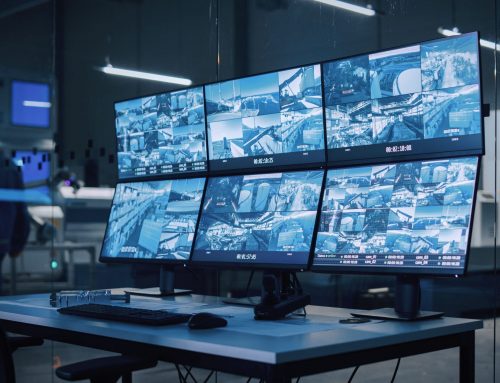While the Internet of Things (IoT) has been around for over 20 years, the Internet of Medical Things (IoMT) is still a relatively new concept.
The IoT is the notion of connecting electronic devices via a network, whereas the IoMT refers specifically to any medical equipment connected to an IT system, usually via Wi-Fi. These connections allow for machine-to-machine communication and enable data storage in a cloud-based platform.
Incorporating advanced electronics and technologies into healthcare means the industry is starting to see rapid progression in diagnosing illnesses, administering treatment and monitoring patients more closely.
The role in modern-day medicine
Electronics are the backbone of all technology, and incredibly responsive sensors — supported by innovative printed circuit boards — are integral to connected devices. ‘Soft electronics’, in particular, make wearable technology more comfortable and offer a greater degree of flexibility for electronics to be used in a vast range of applications.
Connected devices are central to monitoring and recording patients’ symptoms and vital signs. ECGs, blood pressure monitors and pacemakers are just a few examples of electronic products that can now track, record and remotely monitor patients through a smartphone.
These advances in technology are contributing to significant improvements in quality of care for patients. Close monitoring of patients’ symptoms and vital signs increases awareness and understanding of illnesses for future treatment and aids more objective reporting based on facts and figures. What’s more, the ability to monitor patients to such a precise standard means doctors can diagnose illnesses more accurately, thereby removing the scope for potentially catastrophic human error.
Processes can also be automated through connected electronics, reducing the need for in-person communication between doctor and patient. For example, if a device picks up on a symptom, the patient can be alerted to take a particular medication or follow a series of steps determined by a medical professional. Such automation is easing the burden on the healthcare sector, allowing doctors and nurses to focus on cases requiring more immediate and urgent attention.
Connecting medical professionals around the world
Many hospitals across different countries are also starting to see the benefit of cloud-based data storage systems containing all patient information. Recorded by electronic devices, whether a wearable device or a sensor-enabled hospital bed, this information is invaluable to scientists looking to identify trends and establish algorithms.
There is also enormous potential for mass data collection which will, in turn, allow for faster diagnoses and treatment. Through this expansive network of information, IoMT could ensure everyone around the world — even those in developing countries — has access to high-quality healthcare at reduced costs.
Additionally, such detailed data could allow for hyper-personalisation of care to improve treatment planning, assist with producing bespoke pharmaceuticals and contribute to doctors’ understanding of the unique biological requirements of each person — no matter where they are in the world.
To achieve this, electronics manufacturing services will need to keep up with the leaps and bounds taken by advanced communication technologies. For example, electronics manufacturers should start considering the capabilities and role of 5G technology in medical devices.
The future of IoMT
The future of IoMT depends on the consistent progression of electronics manufacturing. Far from flying cars and other trivial applications, the medical industry is set to see truly valuable additions which could transform healthcare as we know it.
Smart pills — oral medications equipped with ingestible sensors which can transmit messages to smartphones when ‘activated’ by stomach acids — could help doctors ensure patients are taking their medicines as and when prescribed. Equally, a smartphone-connected insulin pen could record the time, amount and type of insulin injected.
It is near impossible to discuss the future of technology and electronics without delving a little into artificial intelligence, too.
Chatbots are also already in use for the initial identification of symptoms. However, scientists are now also researching the ability of hyper-intelligent robotics to offer real-time remote assessment, control and in-depth analysis of data. This level of control and off-site will be a tremendous benefit to people living in rural communities or those who are unable to get to a hospital physically.
The medical industry is undoubtedly taking ample steps in the right direction to keep up with modern innovation — and soon we could start to see the benefits of a healthcare system that is interconnected across millions of global networks.
EC Electronics has been part of the MedTech revolution for years. Our team has exceptional knowledge and experience in this area, and we are here to support your EMS projects. Contact us today to find out how we can help with your next medical electronics project.









